Chlamydia and Gonorrhea Testing: More Than Just Genitals
A patient-facing fact sheet describing:
- Who should get tested
- Why get tested
- What to expect
- Tips for talking with your health care provider
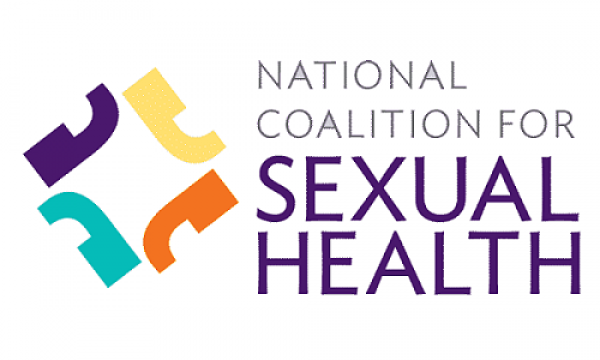
A patient-facing fact sheet describing:

Quick reference guide for the MMWR Recommendations & Reports, Recommendations for Partner Services Programs for HIV Infection, Syphilis, Gonorrhea, and Chlamydial Infection
A quick reference resource, it only lists the recommendations and data security guidelines included in the MMWR. The document is available in its entirety at www.cdc.gov/nchhstp/partners.
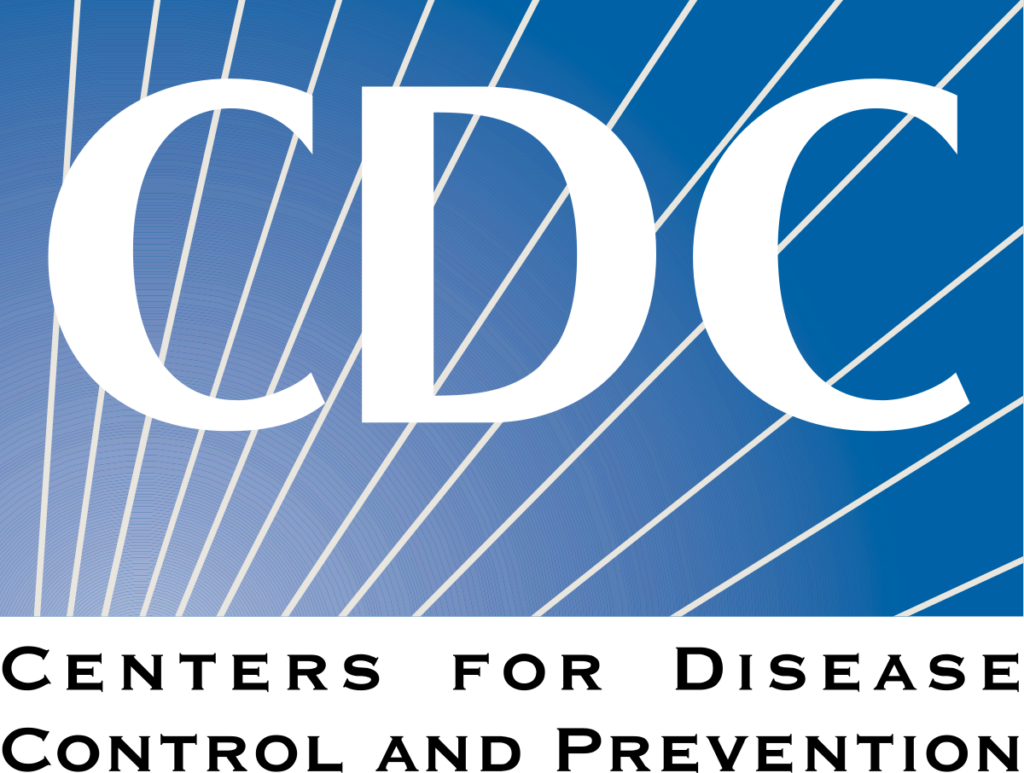
We support healthcare providers in the Western United States (AZ, CA, HI, NM, and NV) to improve clinical outcomes for those affected by sexually transmitted infections and HIV.
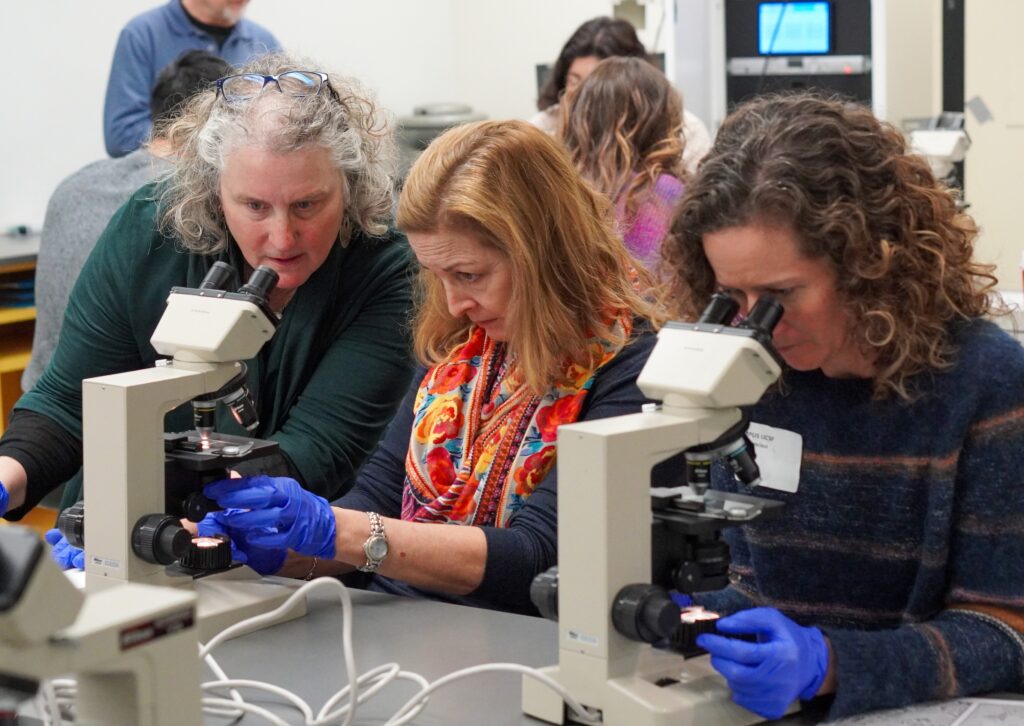

January 20, 2026
10:30 am-12:00 pm (PST)
This STI Clinical Update webinar will provide a comprehensive review of hepatitis C (HCV) in 2026, focusing on clinical cases and test-to-treat models of care. Co-sponsored by the California Department of Public Health and California Prevention Training Center at the University of California San Francisco.
New date & registration info coming soon!
Date: TBA
Time: TBA
Please note: This webinar is being rescheduled from November 14, 2025.
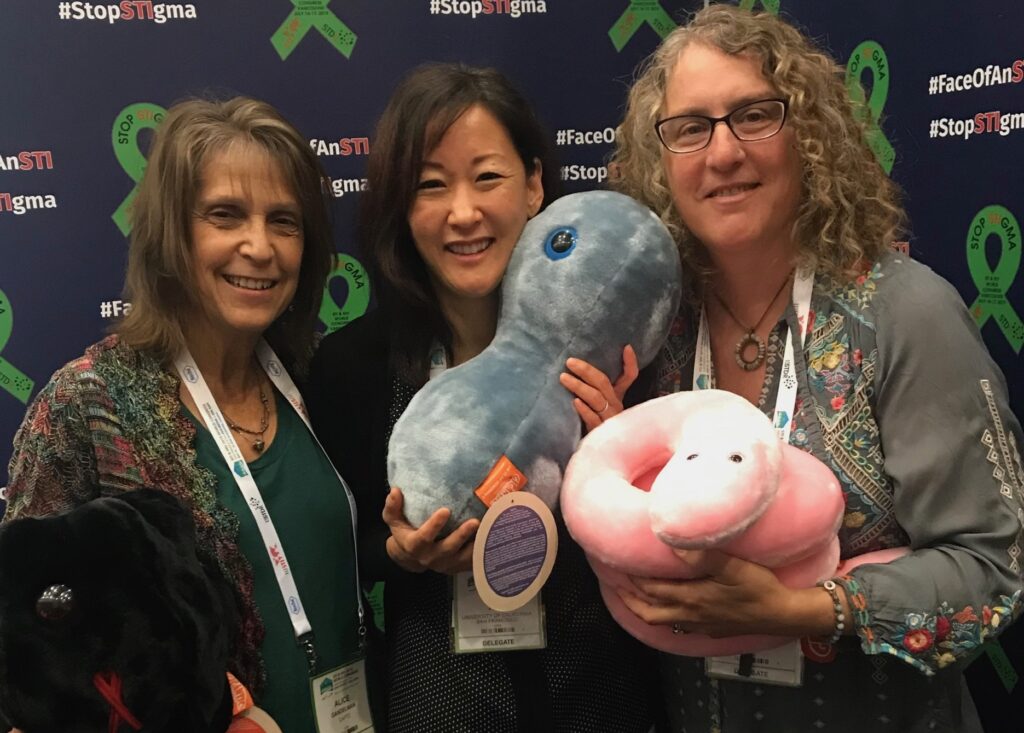
Funded by the Centers for Disease Control and Prevention (CDC), CAPTC supports healthcare providers in the western United States (AZ, CA, HI, NM, and NV) to improve clinical outcomes for those affected by sexually transmitted infections and HIV.
We provide in-person and virtual training events, technical assistance, clinical tools, and STI clinical consultation (via the STD Clinical Consultation Network) to support providers in addressing the rise of STIs in their communities. We focus on complex issues in patient care including evolving PrEP modalities, congenital syphilis management and prevention, and complications of gonorrhea and chlamydia. Our faculty consists of physicians and nurses who are subject matter experts in the field of sexual health with extensive academic, clinical, and public health experience in STI control and response.
The CAPTC Clinical Program has been funded for over 30 years by the CDC and is part of the National Network of STD Clinical Prevention Training Centers (NNPTC). CAPTC also has a long-standing partnership with the California Department of Public Health (CDPH) STD Control Branch to deliver training on STI diagnosis and treatment to California counties experiencing high rates of STIs. CDPH and CAPTC regularly collaborate on issuing statewide guidance related to STI screening and treatment, as well as creating co-branded job aids and educational materials for providers throughout the state.
CAPTC is also proud to collaborate with San Francisco City Clinic (SFCC), San Francisco’s preeminent municipal STI clinic, to offer observerships in sexual health care. Clinicians interested in arranging a shadowing experience at SFCC of up to 4 half-days (which could potentially be structured to 2 full days, depending on the learner’s needs) can contact us at captc@ucsf.edu to learn more.
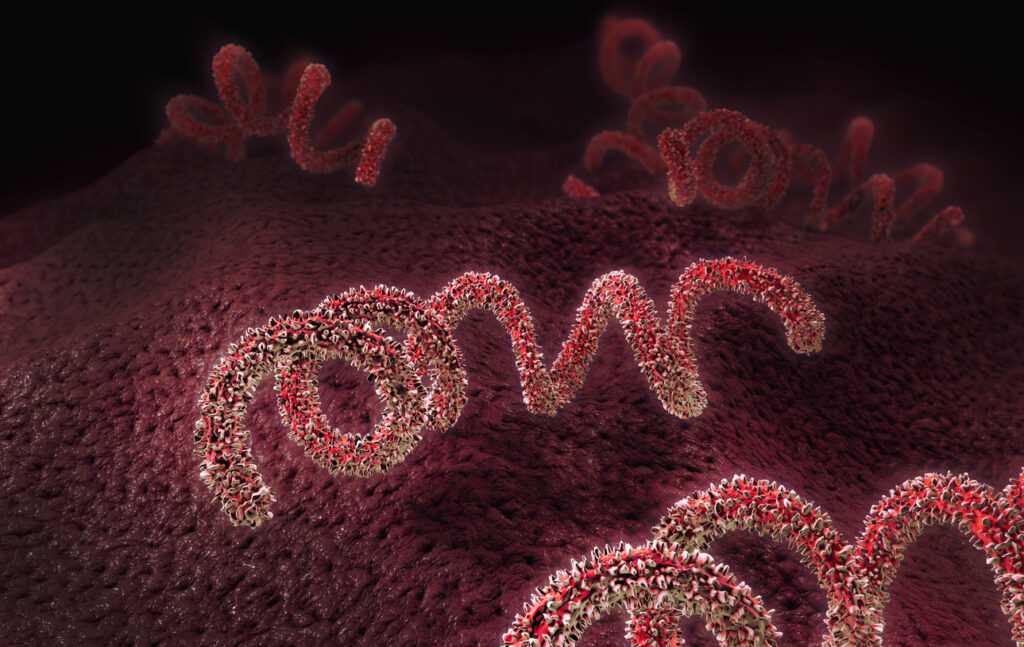
Designed to support clinicians and public health practitioners, this resource provides detailed algorithms for the evaluation, treatment, and follow-up of neonates, infants, and children exposed to syphilis during pregnancy. Developed in alignment with the 2021 CDC STI Treatment Guidelines, the resource outlines step-by-step instructions for monitoring RPR/VDRL titers, interpreting titer trends, and ensuring thorough follow-up care for infants and children affected by syphilis.
Read MoreKey recommendations for chlamydia and gonorrhea screening and treatment for individuals assigned female at birth.
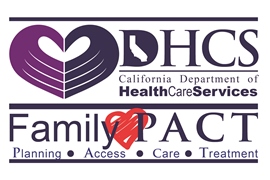
August 13, 2020
The coronavirus (COVID-19) is impacting the delivery of sexual health services in California and throughout the United States. Dr. Ina Park and Dr. Rosalyn Plotzker provide an overview of recent CDC recommendations for STD diagnosis and treatment when in-person exams and visits are limited. They also discuss best practices for the use of telehealth and home-testing for STD care and PrEP management.
Drs. Park and Plotzker cover the following learning objectives for this webinar:
June 20, 2019
Rates of sexually-transmitted diseases (STDs) such as chlamydia trachomatis (CT) and gonorrhea (GC) have reached an all-time high. In the U.S., California leads the nation in reported cases of these STDs. Because persons with CT and GC are often asymptomatic, screening is essential for the early detection and treatment that can prevent reproductive complications including pelvic inflammatory disease (PID), tubal infertility, ectopic pregnancy, and chronic pelvic pain in females and epididymitis in males.
This webinar covers current clinical guidelines for routine and targeted screening, treatment, follow-up, and prevention of CT and GC.
Learning objectives:
Presenters:
Resources:
Don’t forget to swab! Among men who have sex with men, 84% of gonorrhea and chlamydia infections would be missed with urine-only screening1. Make sure your clients are screened for gonorrhea and chlamydia of the throat and rectum.

| What: | Extragenital Screening for Gonorrhea and Chlamydia |
| Where: | Rectum and throat |
| Who: | Men who have sex with men (MSM), transgender women, people living with HIV, and people on PrEP who report having receptive anal and/or oral sex |
| When: | At least annually, or every 3 to 6 months as needed based on exposure |
| Why: | When urine-only screening is performed, up to 90% of rectal gonorrhea and 77% of rectal chlamydia infections remain untreated1. HIV-negative men diagnosed with rectal infections are excellent candidates for PrEP, because they have a high risk of HIV infection |
| How: | Swab specimen (self or clinician-collected swab) |
The California Prevention Training Center supports clinics and providers in implementing rectal and pharyngeal STI screening.
For more information, contact us.

Extragenital Chlamydia and Gonorrhea Among Community Venue–Attending MSM, CDC MMWR
April 11, 2019
CA Department of Public Health, Dear Colleague Letter
February 20, 2019
National Coalition of STD Directors – Extragenital Testing
NYC Department of Health and Mental Hygiene – STI’s Among MSM Protocol Card
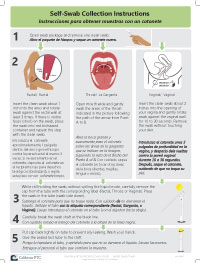
Self Swab Instructional Posters:
CDC Recommendations for Laboratory-Based Detection of Gonorrhea and Chlamydia, March 14, 2014
Verification of Patient Self-Collected Extragenital Nucleic Acid Amplification Tests
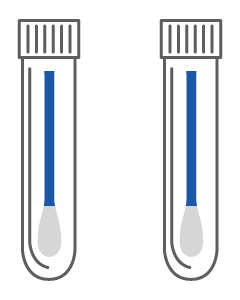
Extragenital (rectum and throat) gonorrhea and chlamydia screening resources for providers, clinics, and patients.
